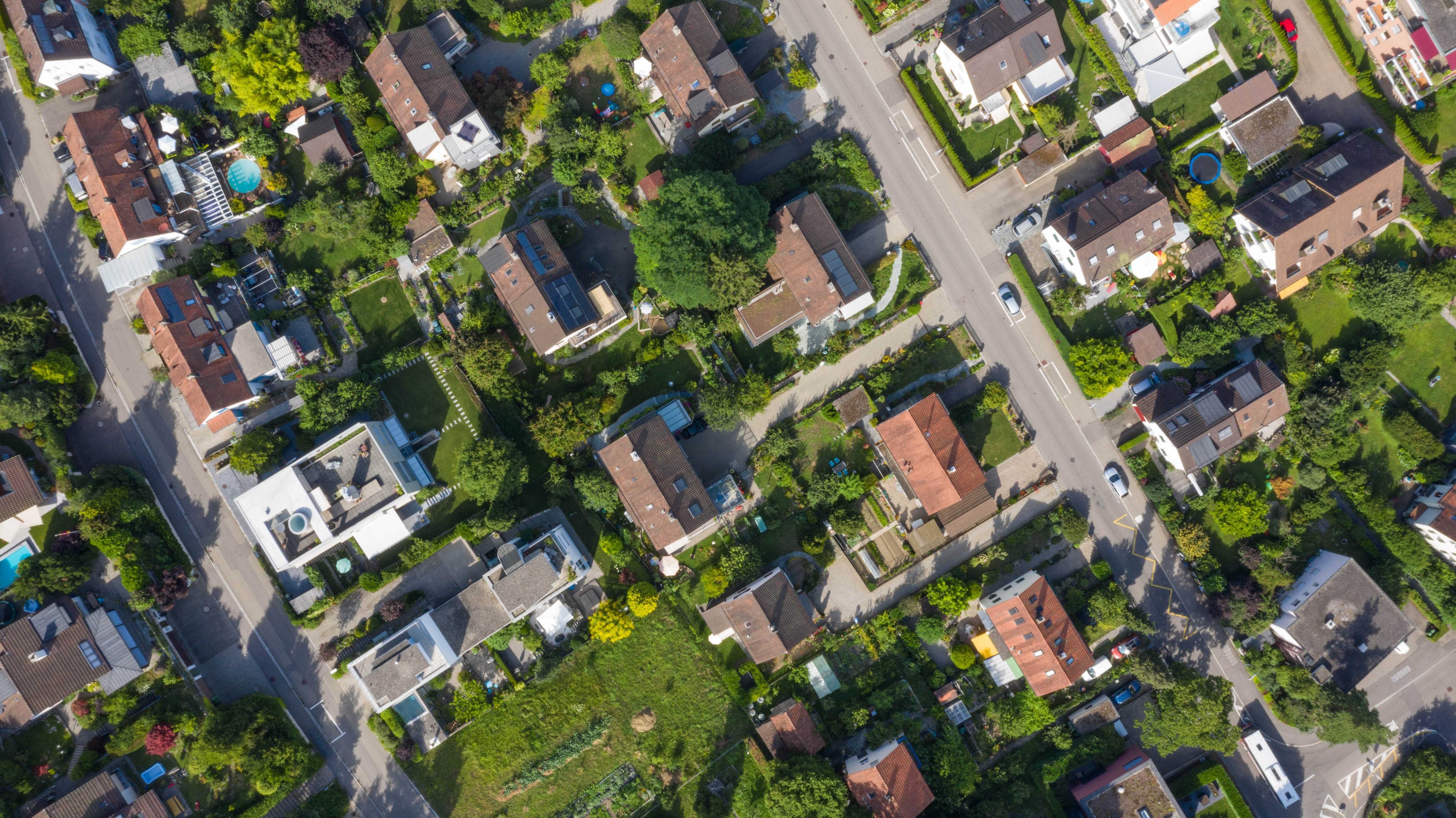“Sustainability is a development that meets the needs of the present without compromising future generations’ ability to meet their own needs.”
The concerns towards climate change, air, land and water pollution, diminishing non-renewable resources, and increasing population make us think about sustainable urban planning. Sustainable urban planning is essential for keeping the earth livable over the long term.
This includes various disciplines such as architecture, engineering, biology, environmental science, materials science, law, transportation, technology, economic development, accounting and finance, agriculture, and government. Urban planning develops innovative approaches to land use as well.
Importance Of Urban Planners And Startups To Implement Sustainable Solutions
There are sustainable solutions to include in urban planning like green buildings, housing, greenways, alternative energy sources like solar and wind, etc. Efficient and innovative urban planning can improve citizens’ welfare and shape their urban areas and neighborhoods into healthier places.
Creating sustainable communities includes certain challenges that are physical, political, social, also environmental. The environmental aspect of sustainability focuses on protecting the environment and the conservation of natural resources for current and future generations. To accomplish these goals, sustainability professionals or urban and regional planners have to create solutions and implement the policies for the urban area.
Urban Planning has to create revitalization and also address population growth, environmental degradation, and resource scarcity. They also have to develop infrastructures such as housing, roads and highways, water and sewer systems, schools, healthcare facilities, and parks. A sustainable plan has to be developed that enhances the social and environmental relationship with minimum capital investment.

People-Oriented Urban Design
Land use planning and transportation are the two biggest pillars of any urban plan; they determine the map of the development of an area. However, cars no longer drive urban planning; it’s more about a people-oriented design where people come first. It’s about designing on a pedestrian scale with narrow streets and closer buildings. This way, people come closer together. Other aspects to this include a grocery store within walking distance, proximity to transit, high-performance green buildings, green spaces, trees along streets, and more.
Green buildings
Some studies that are conducted by Harvard’s Healthy Buildings Center found that in green buildings with optimal thermal conditions and enhanced ventilation, the participants of a cognitive test scored 26% higher. They also had fewer symptoms of sick building syndrome. Also, when they get good daylight, their sleep quality improves.
Net-zero Standards
Net-zero living is a crucial part of sustainability. Sustainable urban plans also aim at net-zero waste, water, and energy. For example, rooftop rainwater harvesting, composting toilets, and solar panels are important constituents of a good Urban plan.
Sustainable urban planning is a great solution to the global crisis. It is essential to shift to sustainable urban practices for keeping the world livable.
About the author: Palak Kumar is an insatiably curious Mechanical Engineering student, passionate about flying, clouds, literature, and plants, working towards revolutionizing Indoor Vertical Growing.
